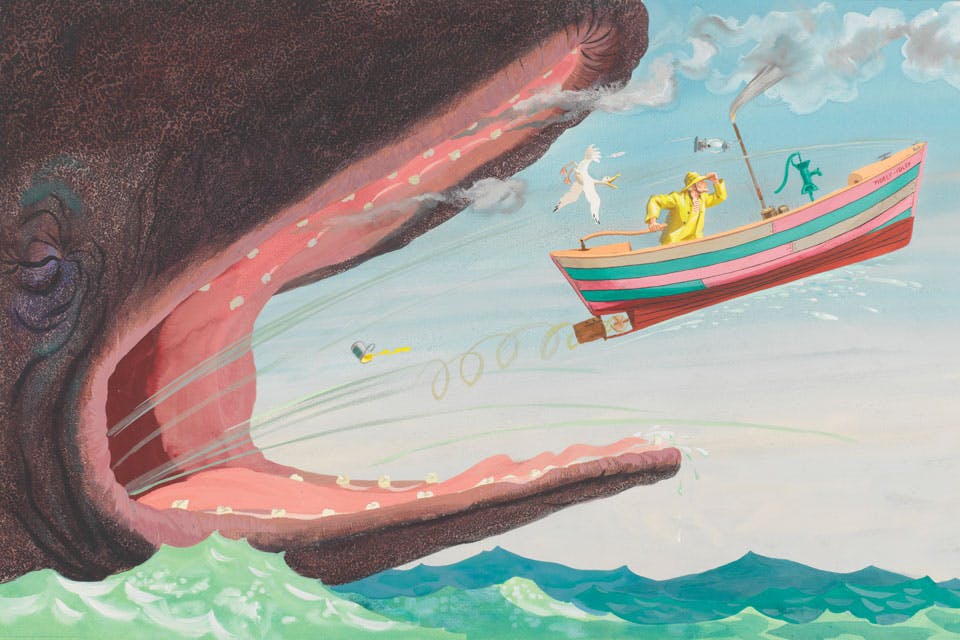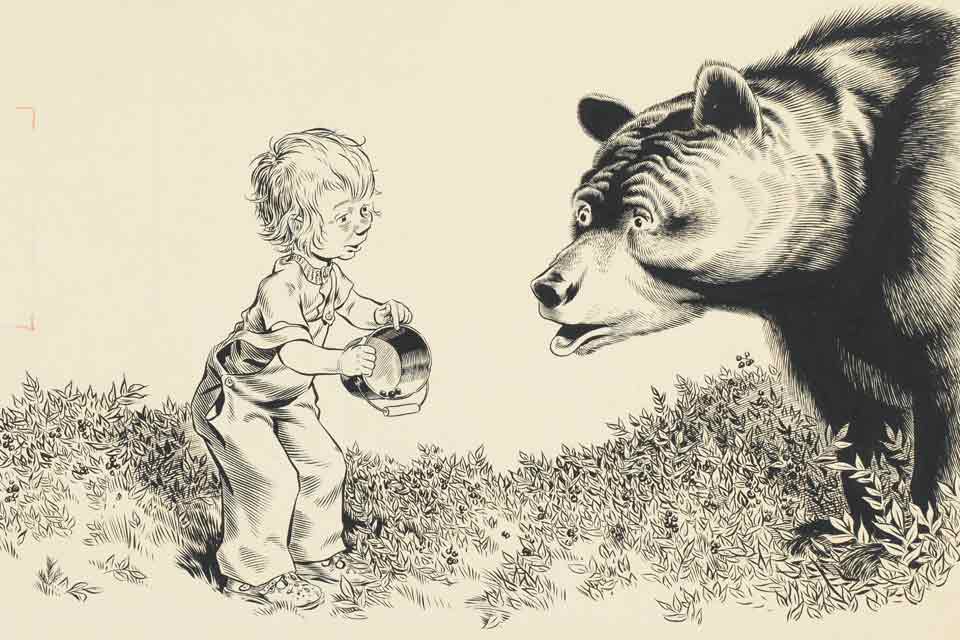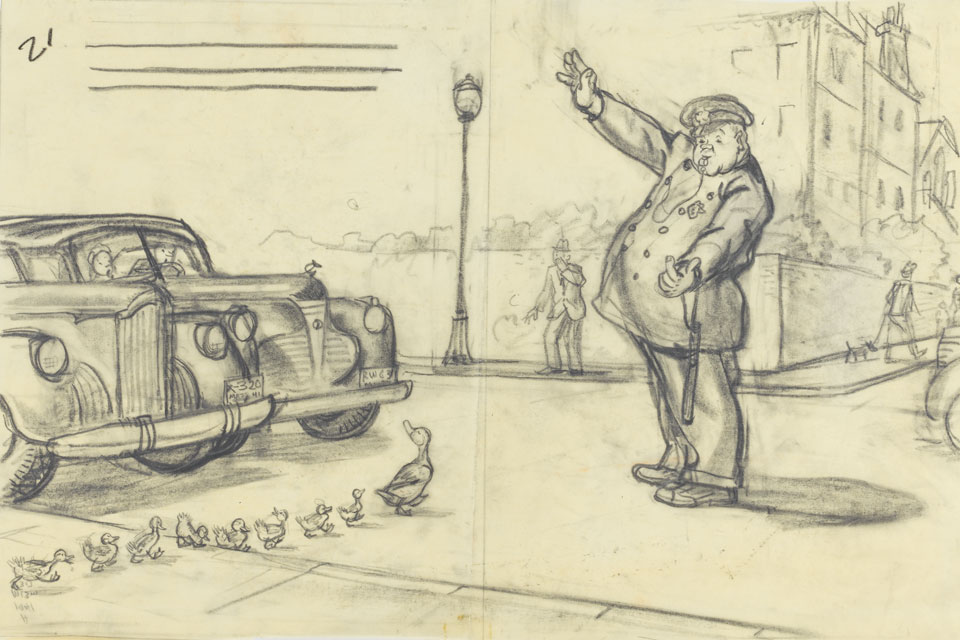Arts
The Art of Robert McCloskey
The Cincinnati Art Museum hosts a summer exhibition of works from Hamilton native’s lovingly illustrated picture books.
Related Articles

Restoration Begins on George Sugarman’s ‘Cincinnati Story’ at Pyramid Hill Sculpture Park
The colorful, iconic sculpture is undergoing restoration ahead of a 2026 public rededication. READ MORE >>

The Butler Institute of American Art Adds Mateo Blanco Paintings to Collection
The acclaimed artist donates his signature pieces “Presidential Flag” and “Yellow Flag” to The Butler Institute of American Art in Youngstown, expanding the museum’s reflections on American identity. READ MORE >>

Why Artist Mike Egan Makes Vibrant Paintings About Death
The funeral director turned artist has amassed a following in Ohio and beyond. We visited his Youngstown studio to learn why he creates vivid, colorful paintings about death and dying. READ MORE >>





